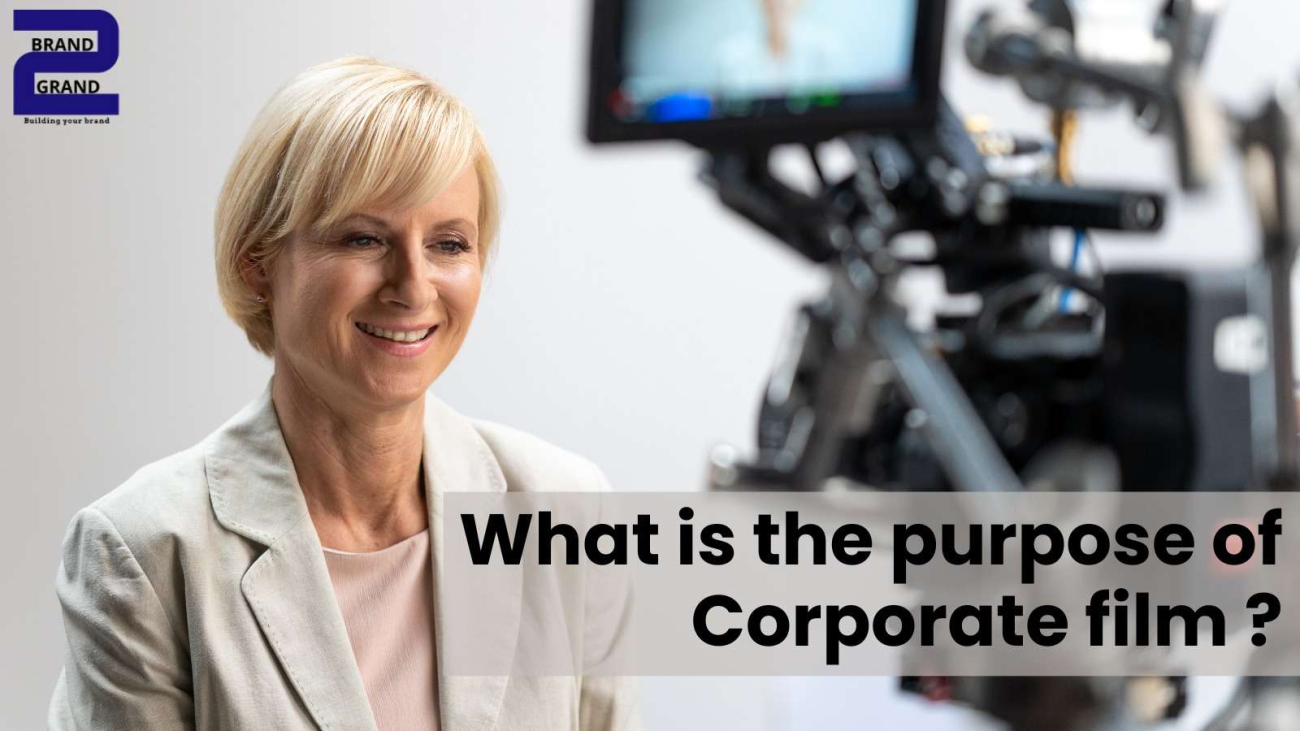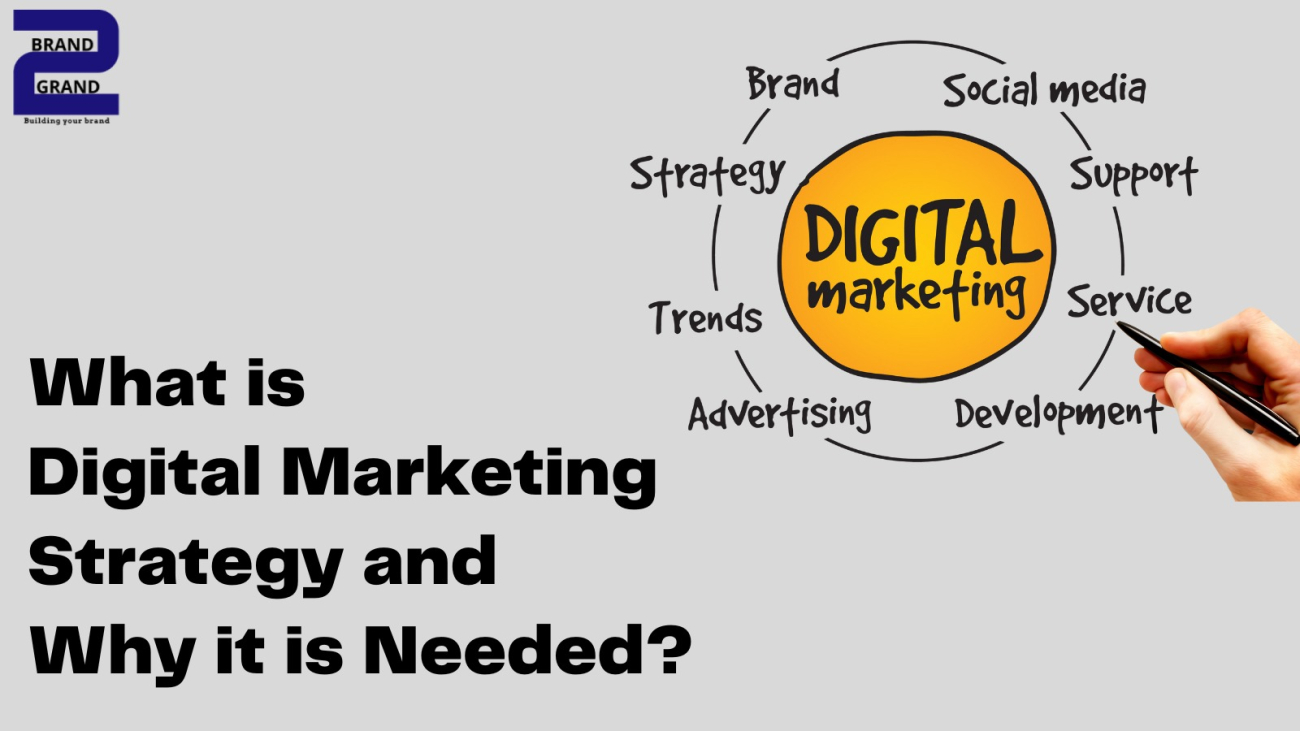A. Definition of a corporate film
A corporate film refers to a video production created by an organization to communicate its brand identity, engage stakeholders, convey complex messages effectively, enhance marketing and sales efforts, showcase company culture and values, leverage social media and online platforms, and measure success and return on investment.
B. Importance of corporate films in the business world
Corporate films have emerged as powerful tools for businesses to connect with their target audience, differentiate themselves in the market, and drive meaningful engagement. They offer a dynamic and engaging way to communicate key messages and establish a strong brand presence.
C. Overview of the purpose of the blog post
This blog post explores the various purposes and benefits of corporate films, highlighting their role in conveying brand identity, engaging stakeholders, conveying complex messages, enhancing marketing and sales, showcasing company culture, leveraging social media, and measuring success.
II. Communicating the Brand Identity
A. Showcasing company values, mission, and vision
Corporate films provide an opportunity to express the core values, mission, and vision of an organization in a visually compelling manner, allowing viewers to connect on a deeper level.
B. Establishing a strong brand presence and identity
By incorporating visual storytelling, cinematography, and audio elements, corporate films can create a distinct brand identity and leave a lasting impression on viewers.
C. Creating emotional connections with the target audience
Corporate films can evoke emotions, resonate with viewers, and establish an emotional bond between the audience and the brand, fostering loyalty and long-term relationships.
III. Engaging Internal and External Stakeholders
A. Internal communication and employee engagement
Motivating and inspiring employees
Corporate films can inspire and motivate employees by showcasing their contributions, highlighting success stories, and reinforcing the organization’s shared goals.
Enhancing internal cohesion and alignment
By providing a clear understanding of the organization’s mission and values, corporate films help align employees and foster a sense of unity and collaboration.
B. External communication and stakeholder engagement
Building trust and credibility with clients and partners
Corporate films present an opportunity to build trust and credibility by demonstrating expertise, showcasing client success stories, and highlighting partnerships.
Attracting and retaining top talent
Engaging corporate films can attract top talent by showcasing the company culture, work environment, and growth opportunities, thereby enhancing recruitment efforts.
IV. Conveying Complex Messages Effectively
A. Simplifying complex information and concepts
Complex ideas, processes, or products can be simplified and made easily understandable through the use of visuals, animations, and concise storytelling.
B. Visual storytelling to make messages memorable
By employing captivating visuals, narrative structures, and compelling storytelling techniques, corporate films make messages more memorable and leave a lasting impact on viewers.
C. Demonstrating products, services, or processes visually
Corporate films enable organizations to showcase their products, services, or intricate processes in action, providing a clear understanding to the audience.
V. Enhancing Marketing and Sales Efforts
A. Promoting products or services in a compelling manner
Corporate films offer an engaging platform to highlight the features, benefits, and unique selling points of products or services, effectively capturing the attention of potential customers.
B. Differentiating from competitors
Through creative and well-executed corporate films, businesses can differentiate themselves from competitors by emphasizing their unique value proposition and creating a memorable brand experience.
C. Generating leads and driving conversions
By incorporating persuasive calls-to-action and captivating storytelling techniques, corporate films can drive viewers to take action, leading to increased lead generation and conversions.
VI. Showcasing Company Culture and Values
A. Humanizing the organization
Corporate films provide a glimpse into the human side of an organization by showcasing employees, their stories, and the positive impact they create, thereby humanizing the brand.
B. Highlighting employee stories and achievements
By featuring employee stories and achievements, corporate films celebrate the talent within the organization, fostering a sense of pride and creating an appealing image for potential employees and customers.
C. Fostering a positive brand image and attracting like-minded individuals
Authentic and transparent corporate films help organizations attract individuals who align with their values, contributing to a positive brand image and a stronger organizational culture.
VII. Leveraging Social Media and Online Platforms
A. Maximizing reach and engagement
Corporate films are highly shareable on social media platforms, enabling businesses to maximize their reach, increase engagement, and tap into a wider audience.
B. Integrating videos into social media strategies
By incorporating corporate films into social media strategies, businesses can leverage the power of video content to enhance brand visibility, stimulate conversations, and drive traffic to their website or other marketing channels.
C. Expanding the video’s lifespan through online platforms
Online platforms such as YouTube, Vimeo, and company websites extend the lifespan of corporate films, allowing them to serve as an evergreen marketing asset that continues to engage viewers over time.
VIII. Measuring Success and Return on Investment (ROI)
A. Identifying key performance indicators (KPIs)
Businesses should define relevant KPIs such as views, engagement metrics, lead generation, conversions, and brand sentiment to assess the success of their corporate films.
B. Analyzing metrics and feedback
Through comprehensive analytics and feedback analysis, organizations can gain valuable insights into the effectiveness of their corporate films and make data-driven decisions for future improvements.
C. Adjusting strategies based on results
Continuous evaluation of metrics and feedback enables businesses to refine their corporate film strategies, optimize messaging, and achieve better ROI.
IX. Conclusion
A. Recap of the purpose of corporate films
Corporate films serve multiple purposes, including brand communication, stakeholder engagement, message conveyance, marketing and sales enhancement, cultural showcase, social media leverage, and performance measurement.
B. Emphasizing the importance of incorporating corporate films into business strategies
Businesses that embrace corporate films gain a competitive edge by effectively communicating their brand, engaging stakeholders, and enhancing marketing efforts in an increasingly visual and digital world.
C. Encouraging readers to leverage the power of corporate films for their own organizations
This blog post encourages readers to harness the potential of corporate films as a valuable asset to elevate their brand, connect with their audience, and achieve their business goals.










